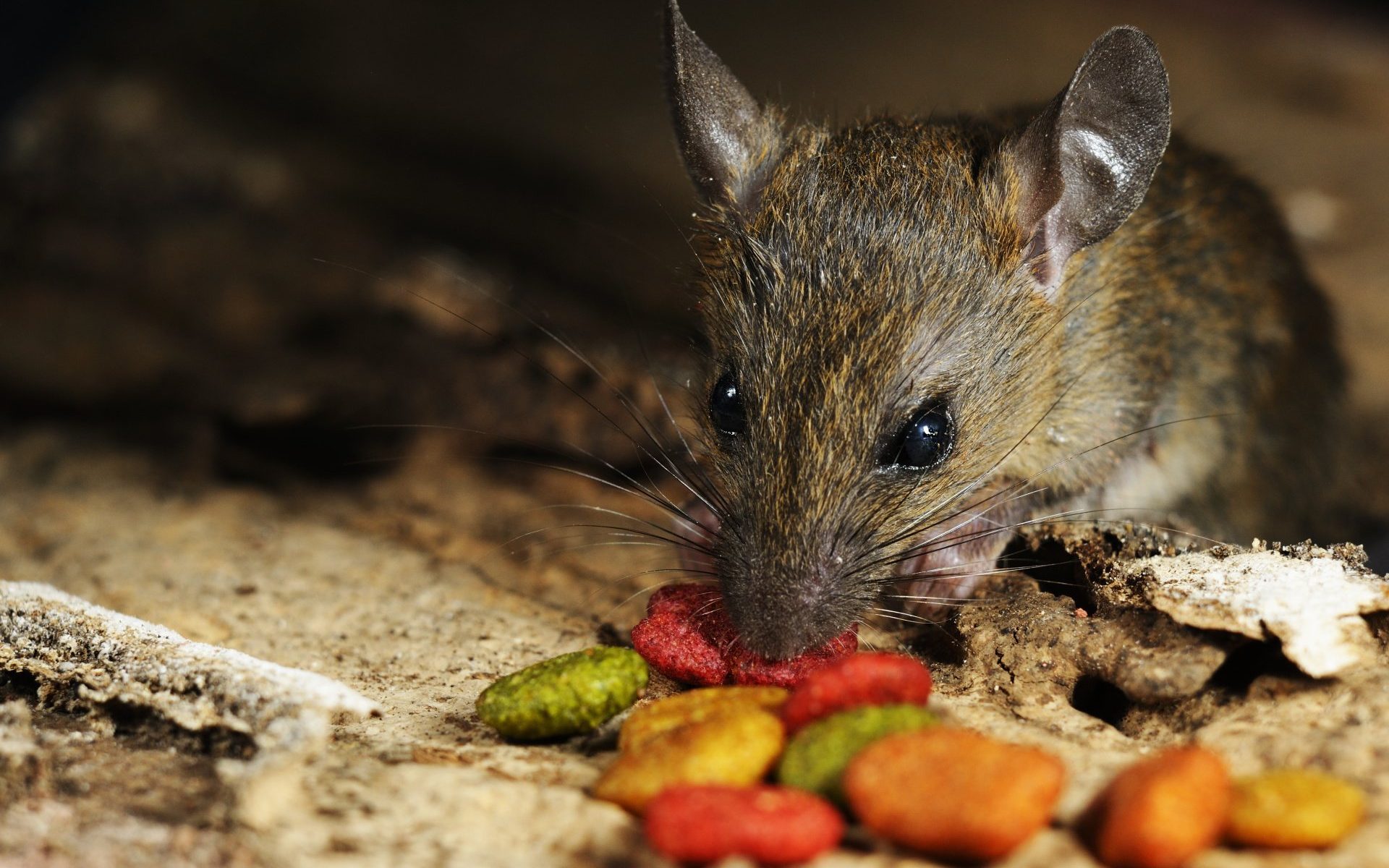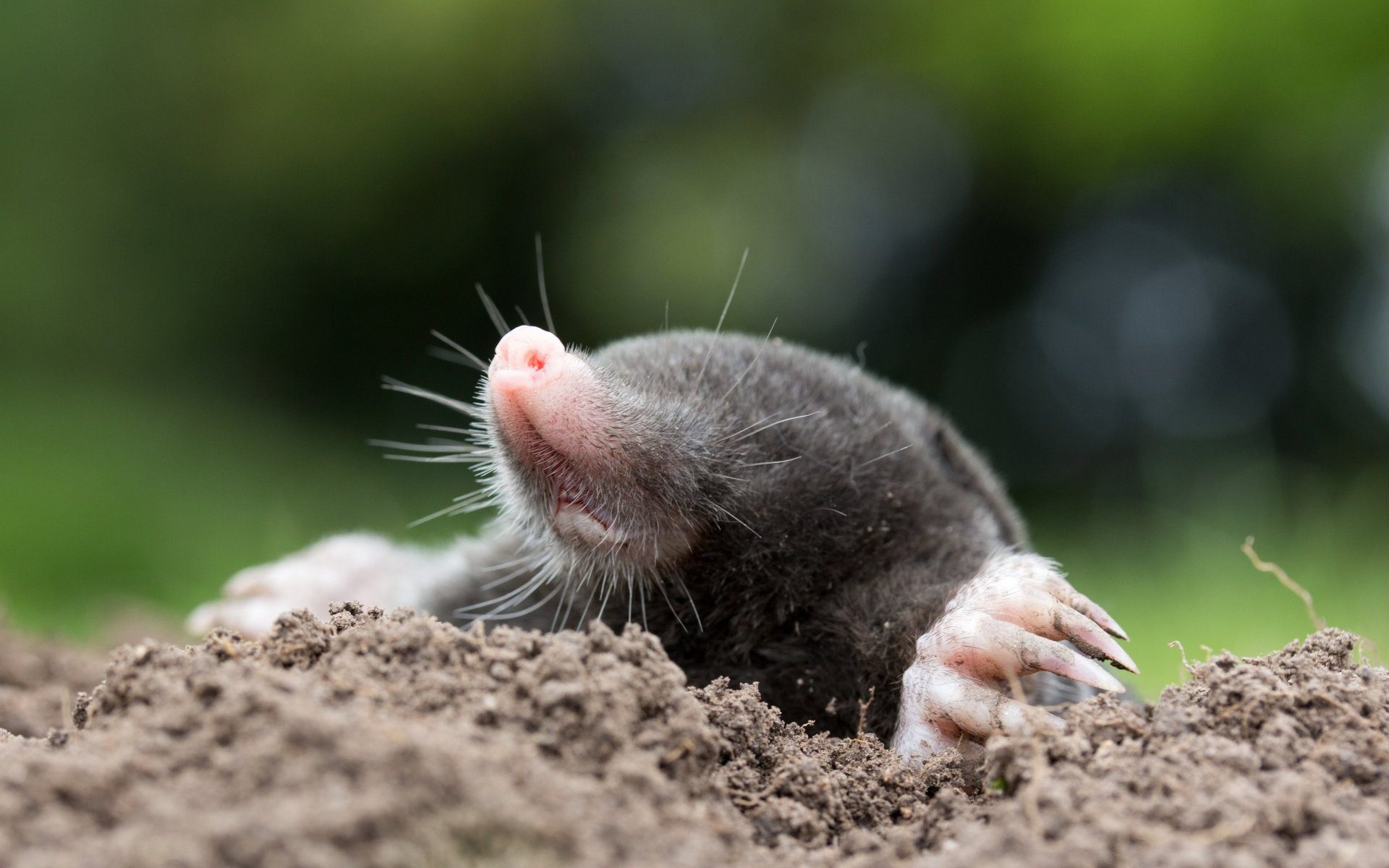
How to Manage Pests for Apartment Building Owners and Tenants
Apartment pest control. Sometimes just the term can make some manager shudder. Certain buildings can be challenging places to manage. Larger apartment complexes with multiple structures can make it more difficult, time-consuming, and costly to eradicate pest infestations once the they’ve taken hold. Upkeep and management of apartment pest control is already a big enough job with out having to worry about unhappy tenants complaining about mice, ants, or any number of other critters moving in.
A reputation for pest problems at an apartment complex can spread like wildfire to potential residents. That’s another problem you don’t need added to the challenges of maintaining an apartment building and keeping renters happy.
If you’re currently struggling to solve your apartment pest management problem, or if you’ve been less than enthusiastic about professional pest control services that you’ve dealt with in the in the past, take heart. There are solutions out there that can work for your property. Environmental Pest Management can help you keep your property pest-free and your residents happy.
Let’s look at some preventative steps you can take as a property owner or manager to lay a solid foundation to successfully manage any pest problem that may arise.
Getting your Apartment Pest Control in Top Shape!

Cold, inclement weather can drive rodents and bugs indoors. Some of these common household pests include mice, ants, cockroaches, fleas, ticks, bed bugs, and stink bugs, among others. Here are some actions you can take to fortify your property against these unwanted intruders.
Seal cracks, holes and other points of entry from both the outside and inside. These areas can include leaky roofs, ceilings and floors, and walls. Tiny critters can get in through worn or missing weatherstripping and even in gaps under doors that aren’t sealed properly with a well-fitted door sweep.
Check plumbing to limit moisture in damp and dark places like basements and garages where leaky plumbing can cause condensation and moisture can accumulate. Like humans, insects and rodents need a steady supply of water to survive.
Maintain property grounds to keep the grass short and excessive foliage cut back and trimmed. Don’t give rodents places to hide and nest.
Standing water on the property can be a breeding ground for insects. Decorative bird baths, unattended individual wading pools, and even recurring mud puddles where water can sit for long durations can cause all sorts of pest problems.
Provide renters with a preventative checklist for their apartments and any communal or shared spaces on the property.
Partner with a reputable and professional pest management company that has a track record of success solving pest problems for small and large apartment buildings and complexes.
Also Read: The Best Ways to Get Rid of Mice this Spring
Steps Tenants Can Take to Manage and Help Prevent Infestation Problems
Just as renters can create pest problems, your tenants are vital to a concerted effort to solve them. They are also key in helping ensure pest problems are managed well in the first place.
A simple, easy-to-follow and thorough checklist of best pest management practices is a big first step to maintaining apartments free of insects and rodents. While experienced professionals like our team at Environmental Pest Management can help you create a concise list of preventative measures for your tenants, we’ll give you a few of the basics here to get you started.
In The Home
- Keep excess food, like leftovers or cooking scraps off surfaces. Dispose of them or put them away in sealed containers.
- Keep kitchen counters, tables, high chairs, and other surfaces wiped clean of food crumbs, food stains, and spill remnants.
- Seal foods and cooking ingredients kept in your pantry, cupboards, or countertops in plastic, glass, ceramic, or metal containers. Rodents and bugs can get into plastic baggies, especially if closed with nothing more than a plastic tie. Even paper-based containers like cereal boxes or some oatmeal canisters are susceptible to infiltration where bugs can die or lay their eggs.
- Keep garbage can and compost container lids closed.
- Keep your pet’s feeding and watering area clean and tidy.
- Don’t leave doors and windows open for prolonged periods of time unless you have screens in place.
- Check any dark and damp, out-of-the-way areas where bugs like to live and keep them dusted and clean.
- Report big spills or liquid pools inside or under carpeting to your property manager or property maintenance office right away.
- Report any noticeable areas of standing water on the property to your property manager. Insects can breed and thrive in stagnant pools of water under the right conditions.
- Contact your property manager if you see any unwanted pests in your home or other areas of the building.
Getting Top-Notch Professional Help to Solve your Pest Management Problems
The best method of pest control for apartments is a concerted effort between the property owner, renters, and pest management professionals, led by a team of Licensed Master Technicians like the ones at Environmental Pest Management (EPM).
EPM has been serving families, residential homeowners, and commercial properties, including apartment buildings of all sizes, for over three decades (since 1986). Our commercial business service: Environmental Pest Management Services (EPMS) serves larger multi-housing projects, management companies, and small apartment buildings.
Why choose Environmental Pest Management over other pest management companies? “Environmental Pest Management” or (EPM) uses non-chemical means to solve your pest problems. In contrast, “Integrated Pest Management” or (IPM) employs the use of pesticides.
Our commercial clients enjoy a high rate of success in the management and eradication of unwanted pests when using our EPMS system. Our Licensed Master Technicians take a thorough and surgical approach to solving your pest problems.
Also Read: 5 Ways to Keep Your Home Centipede Free Through the Winter Months!
Our system is built upon a solid foundation of sanitation and preparation on the part of your tenants. After providing you with a detailed list of steps to prepare the affected units, we schedule and perform two aggressive and detailed treatments. Our Master Licensed Technicians then provide a thorough inspection and monitoring of adjoining units as well as follow-up inspections of the treated units to ensure we’ve solved your pest problem.
We’re dedicated to helping you solve your pest management needs safely, long-term, and affordably. Call your trusted professionals at Environmental Pest Management today.





















